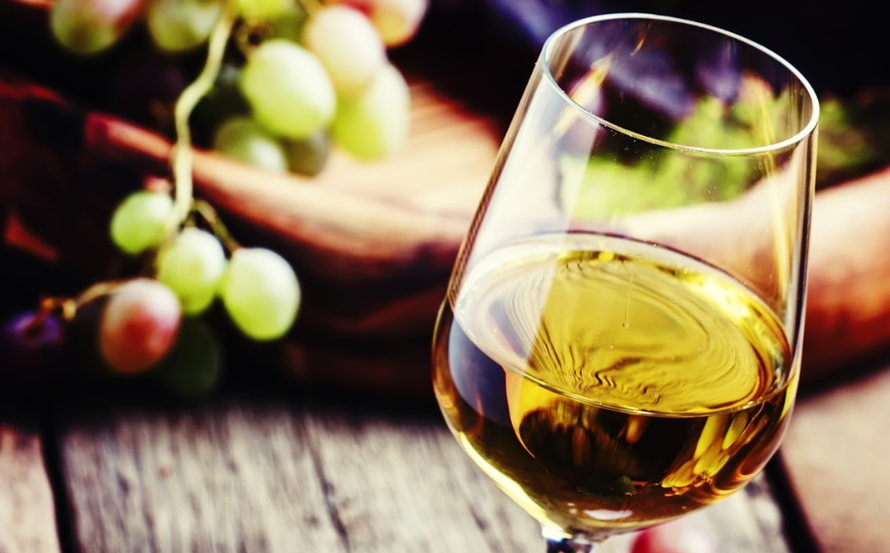When our in-house wine expert Karel de Graaf is not in his own vineyard enjoying a good Burgundy glass, he roams Europe following his great love: wine! A vessel full of knowledge, then, that Karel. He likes to share his memories and opinions with us. This time, he devotes his full attention to the most prostituted white grape variety in the world. Text Karel de Graaf
There are varieties with more planted worldwide than chardonnay - such as airén in Spain - but they do not have nearly the same prestige. The global planting of chardonnay of 50 thousand hectares in 1990 has now grown to 210 thousand hectares. France is (of course) the leader with 51 thousand hectares, the US a close second with 43 thousand hectares. This growth is partly explained by the fact that chardonnay suffers little from high yields and matures well in both warm and cool climates. The ABC (Anything But Chardonnay) counter movement, which in the 1990s vehemently opposed oily, wood-fermented or woodchip-flavoured Chardonnays, has not been able to prevent the explosive spread of Chardonnay.
Warm or cool
The New World in particular was guilty of producing this type of Chardonnays. This is due to the (too) warm climate. Sugar ripeness is not a problem there, but a lack of specific aromas due to the rapid ripening process of this already not very aromatic variety and a lack of acidity due to the heat. Tones of exotic fruit are the rule rather than the exception and acidification is usually necessary, as is the use of wood chips for aromatisation. Fortunately, these Chardonnays from warm climates are often nothing like Chardonnays from cool climates. That is where this particular grape variety shows its best side.
Read the whole story and more in #WINELIFE#62. Click here and order!
Don't want to miss a single edition? Subscribe then subscribe to Winelife Magazine now!




